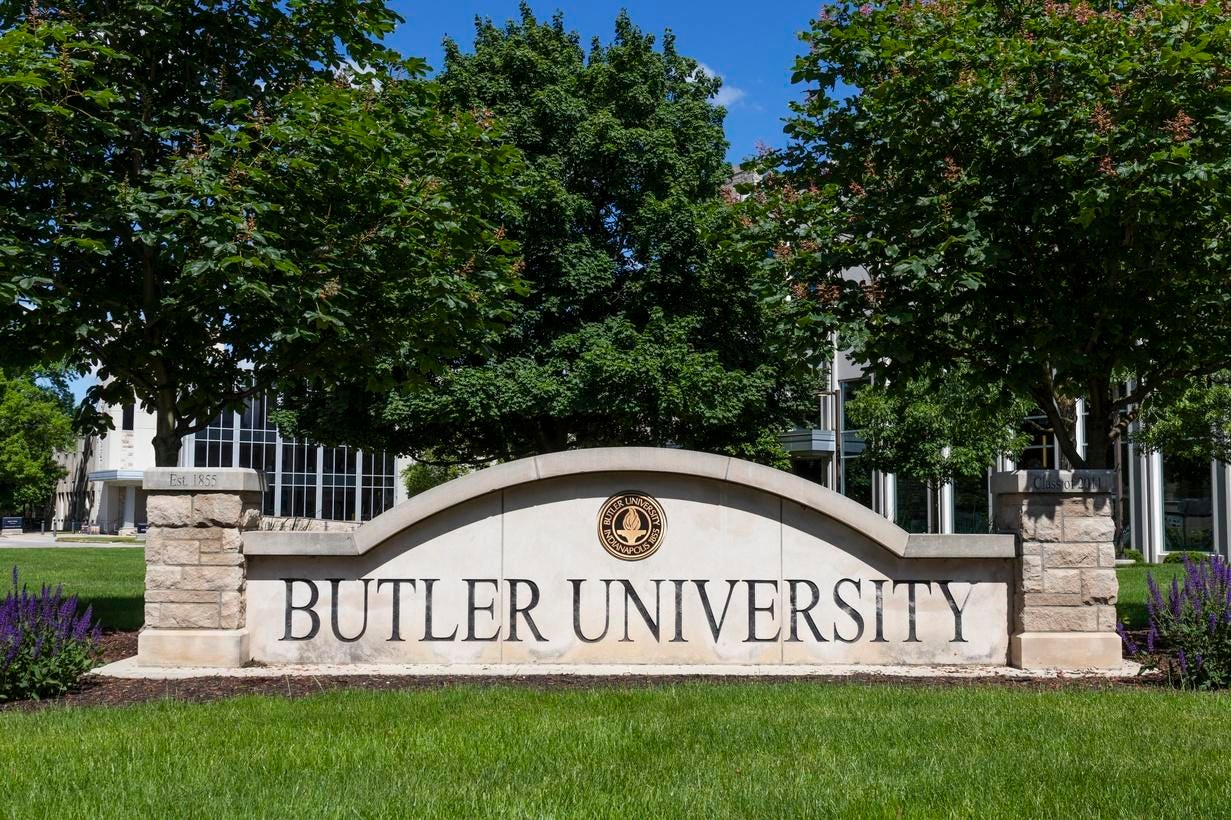Butler University is creating a two-year college that will provide affordable higher education to historically underserved students in the Indianapolis area.
Students who enroll in the new college, which is scheduled to open in fall 2025, will be able to complete their associate’s degree with no debt or out-of-pocket expenses, and most will have the opportunity to earn a bachelor’s degree at Butler for less than $10,000, according to the university. Sticker-price tuition at most of Butler University’s undergraduate programs for the current academic year is $44,990.
The venture is a product of a partnership between Butler and the Come To Believe (CTB) Network, a national nonprofit that helps four-year institutions plan and launch two-year colleges as a pathway for underserved students to earn two-year and four-year degrees.
Butler becomes the third university to join the CTB network. The first was Arrupe College at Loyola University in Chicago in 2015, followed by Dougherty Family College at the University of St. Thomas in Minneapolis in 2017.
“Butler University was founded in 1855 on the fundamental principle that women and people of color should have equal access to higher education as white men, a radical vision for the era,” Butler President James Danko said, as part of the announcement. “Now, almost 150 years on, unequal access to higher education persists among certain segments of our population. It’s a significant problem that demands our attention.”
The ‘Come to Believe’ model is not only innovative in its approach, but it also has proven outcomes, resonating deeply with Butler’s original mission,” Danko added. “We consider it an honor to be selected for participation in the Come To Believe Network. In collaboration, we are committed to transforming lives.”
As part of the new college, students will have the option of pursuing associate’s degrees in Business or Allied Health. Butler intends to only accept commuter students, according to the Indianapolis Star. Although the price of tuition and the admission requirement have not yet been established, Butler plans to set them at levels that will make the new option as affordable and accessible as possible.
As part of its announcement, Butler said that students in CTB colleges “graduate at four to six times the national average for two-year colleges. More than 80 percent of graduates from CTB model colleges transfer to four-year schools, and 75 percent graduate with a bachelor’s degree, in part because they receive access to the same amenities as four-year students at the universities, plus additional supports.”
Like the CTN colleges at Loyola and the University of St. Thomas, Butler’s two-year college will be available to Pell-eligible or undocumented students who have the potential to succeed with the support CTB’s model provides.
“Butler University is exactly the type of competitive school many underserved students aspire to attend and could succeed at with the right support,” Steve Katsouros, S.J., Ed.D. Founder, President and CEO of Come to Believe Network, said. “This visionary institution recognizes how CTB’s model can empower more young students in the Indianapolis metro area to fulfill their potential through the promise of higher education.”
CTB is providing Butler with $500,000 in initial funding to get the college up and running. That support was made possible by a gift from the John & Kathleen Schreiber Foundation.
As colleges continue to adapt to the recent Supreme Court decision in Students for Fair Admissions v. Harvard University and Students for Fair Admissions (SFFA) v. University of North Carolina essentially ending the practice of race-conscious admissions, Butler’s innovation will be watched very closely.
College committed to maintaining a diverse student body are looking for effective, legally permissible enrollment practices that will enable them to reach more prospects from traditionally underserved groups, including students of color. The CTB model at Butler and elsewhere may prove to be one such strategy.
Read the full article here





